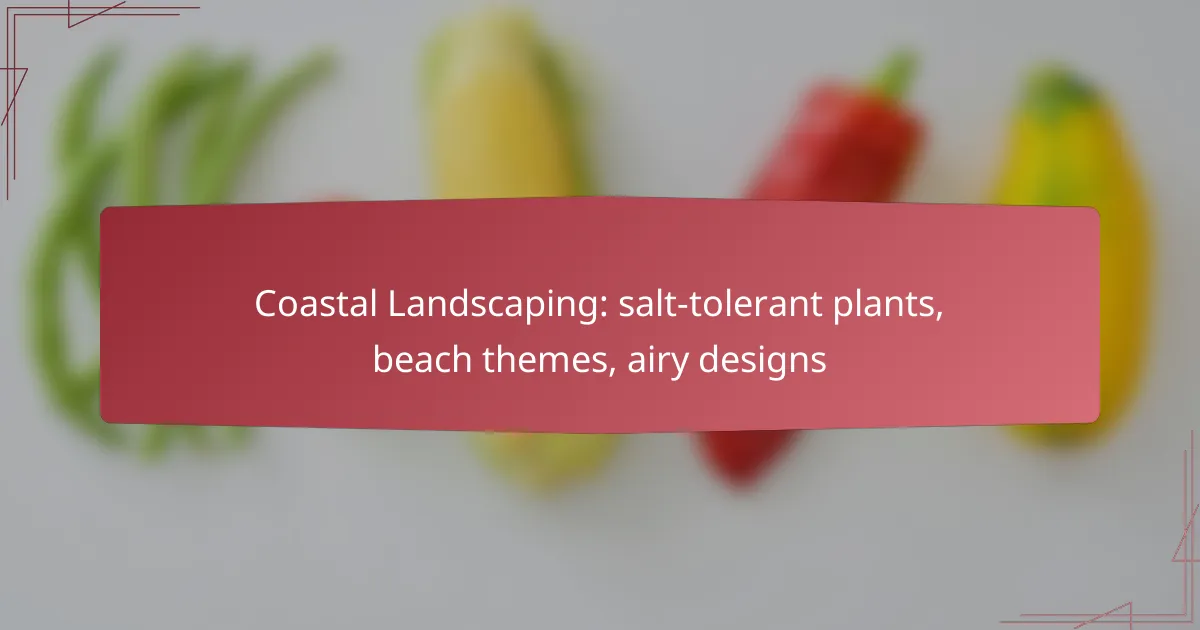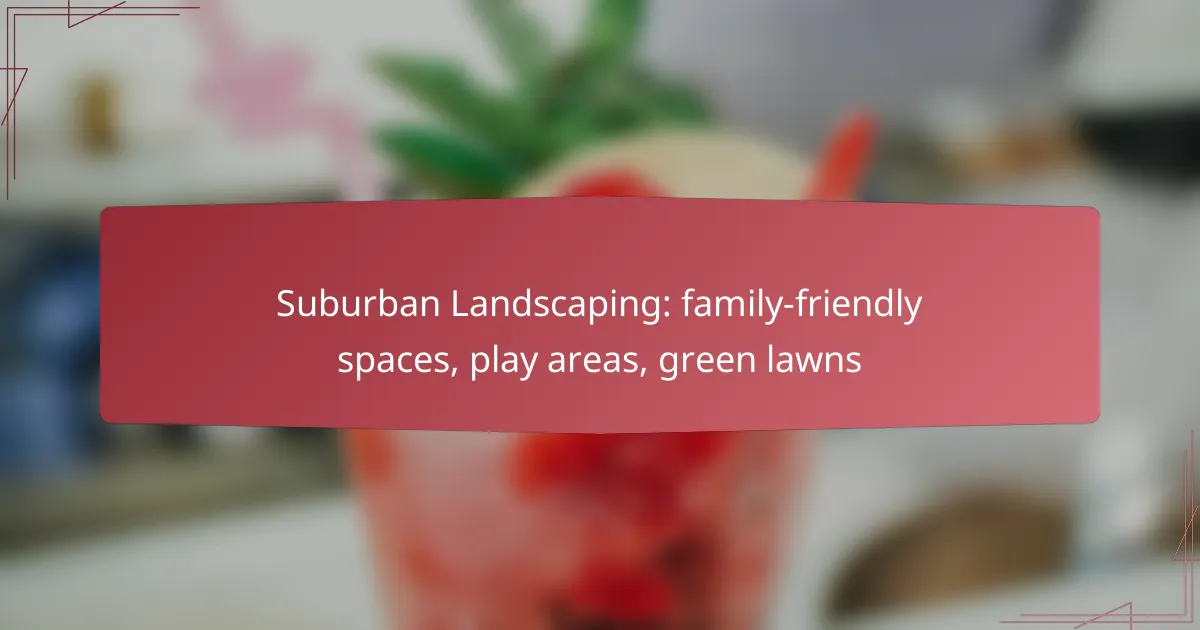An English garden landscape is a harmonious blend of diverse blooms, winding paths, and romantic features that create an enchanting atmosphere. By selecting plants that flourish in the local climate and incorporating inviting design elements, you can cultivate a serene space that encourages exploration and relaxation.
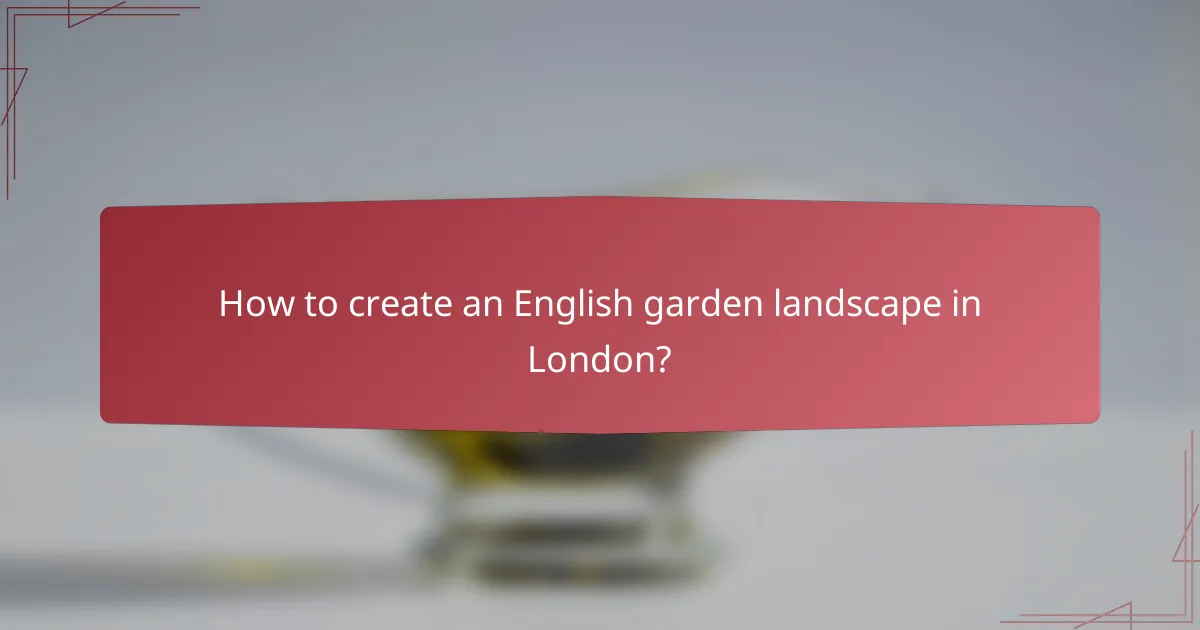
How to create an English garden landscape in London?
Creating an English garden landscape in London involves blending diverse blooms, winding paths, and romantic features to evoke a picturesque atmosphere. Focus on selecting plants that thrive in the local climate while incorporating design elements that invite exploration and tranquility.
Incorporate diverse blooms
To achieve the quintessential English garden look, incorporate a variety of flowers that bloom at different times throughout the year. Consider classic choices like roses, lavender, and foxgloves, which not only add color but also attract pollinators. Aim for a mix of perennials and annuals to ensure continuous blooms.
Group plants in clusters for a more natural appearance, and consider using contrasting colors and textures to create visual interest. A well-planned layout can enhance the garden’s charm and make it feel lush and inviting.
Design winding paths
Winding paths are essential for guiding visitors through your English garden landscape. Use materials like gravel, stone, or brick to create paths that meander gently, encouraging exploration. The curves of the paths can soften the overall look and provide a sense of mystery.
Ensure that paths are wide enough for comfortable walking and consider adding seating areas along the way. This not only enhances accessibility but also invites visitors to pause and enjoy the surroundings.
Add romantic features
Romantic features such as arbors, trellises, and benches can enhance the charm of your English garden. Consider installing a wooden or wrought-iron arbor adorned with climbing plants like wisteria or clematis to create a focal point. These elements can serve as beautiful backdrops for photos or quiet retreats.
Incorporate soft lighting, such as fairy lights or lanterns, to create an enchanting atmosphere in the evenings. Water features like small ponds or fountains can also add a soothing sound element, enhancing the romantic vibe.
Utilize local plants
Using local plants is crucial for sustainability and ease of maintenance in your English garden. Native species are better adapted to the local climate and soil conditions, making them more resilient and less resource-intensive. Consider plants like the English bluebell or the common foxglove, which thrive in London’s environment.
Additionally, local plants often attract native wildlife, contributing to the ecological health of your garden. Research local flora to find the best options that align with your aesthetic goals.
Consider seasonal changes
Planning for seasonal changes is vital to maintain the beauty of your English garden throughout the year. Select a mix of plants that bloom in spring, summer, and autumn, ensuring that there is always something in flower. Consider foliage plants that provide structure and interest during the winter months.
Regular maintenance, such as pruning and deadheading, will help keep plants healthy and encourage new growth. Additionally, seasonal decorations, like autumn pumpkins or winter evergreens, can enhance the garden’s appeal as the seasons change.

What are the best plants for an English garden?
The best plants for an English garden include a variety of perennials and flowering shrubs that create a lush, vibrant landscape. Key selections often feature roses, lavender, foxgloves, and hollyhocks, each contributing unique beauty and character to the garden.
Roses for vibrant blooms
Roses are quintessential to English gardens, celebrated for their stunning blooms and diverse varieties. They thrive in well-drained soil and require full sun, making them ideal for sunny spots in your garden.
Choose from classic varieties like English roses, which offer rich fragrances and lush petals. Regular pruning and deadheading can enhance blooming, ensuring a vibrant display throughout the growing season.
Lavender for fragrance
Lavender adds a delightful fragrance and a calming presence to any English garden. This hardy perennial prefers well-drained soil and full sun, making it easy to grow in various climates.
In addition to its aromatic qualities, lavender attracts pollinators like bees and butterflies, enhancing the garden’s ecosystem. Consider planting it in clusters for a striking visual impact and to maximize its scent.
Foxgloves for height
Foxgloves are known for their tall spikes of tubular flowers, which can add vertical interest to your garden design. They prefer partial shade and well-drained soil, making them suitable for borders or woodland areas.
These biennials can self-seed, providing ongoing blooms in subsequent years. However, be cautious as they are toxic if ingested, so keep them away from pets and children.
Hollyhocks for color
Hollyhocks are vibrant, tall perennials that bring a burst of color to the garden. They thrive in sunny locations and can grow quite tall, making them perfect for the back of borders or as standalone features.
These flowers are available in a range of colors, from deep reds to soft pastels. Regular watering and support for taller varieties can help them flourish and prevent breakage during windy conditions.
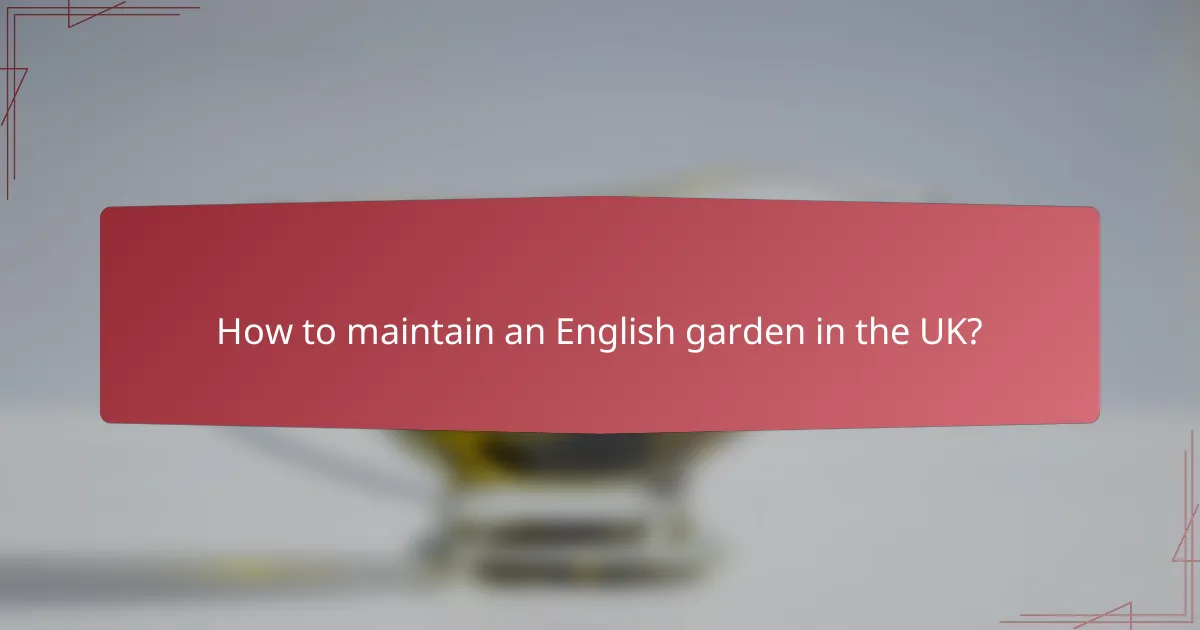
How to maintain an English garden in the UK?
Maintaining an English garden in the UK involves regular care to ensure diverse blooms, winding paths, and a romantic atmosphere. Key practices include pruning, seasonal planting, proper watering, and effective pest control to keep the garden thriving throughout the year.
Regular pruning techniques
Regular pruning is essential for maintaining the shape and health of plants in an English garden. Focus on removing dead or diseased branches and shaping shrubs to encourage growth and flowering. Aim to prune most flowering plants after they bloom to promote new growth.
For climbing roses and other vigorous plants, consider summer pruning to control their spread and encourage a second bloom. Use clean, sharp tools to make precise cuts, which helps prevent damage and disease.
Seasonal planting schedules
Seasonal planting is crucial for an English garden, as it ensures a continuous display of flowers. Spring is ideal for planting hardy annuals and perennials, while summer is the time to introduce tender plants that thrive in warmer weather.
In autumn, consider planting spring-flowering bulbs like daffodils and tulips. This staggered approach allows for a vibrant garden throughout the seasons, with careful attention to local climate conditions to optimize growth.
Watering best practices
Proper watering is vital for the health of an English garden. Aim to water deeply but infrequently, allowing the soil to dry out between sessions to encourage deep root growth. Early morning is the best time to water, reducing evaporation and fungal diseases.
Consider using a rain gauge to monitor rainfall and adjust your watering schedule accordingly. In the UK, where rainfall can be unpredictable, this practice helps maintain optimal moisture levels without overwatering.
Pest control methods
Effective pest control is essential to protect the diverse blooms in an English garden. Start with preventive measures, such as encouraging beneficial insects like ladybugs and using companion planting to deter pests naturally.
If pests become a problem, consider organic solutions like neem oil or insecticidal soap. Always monitor plants regularly for signs of infestation and take action promptly to minimize damage.
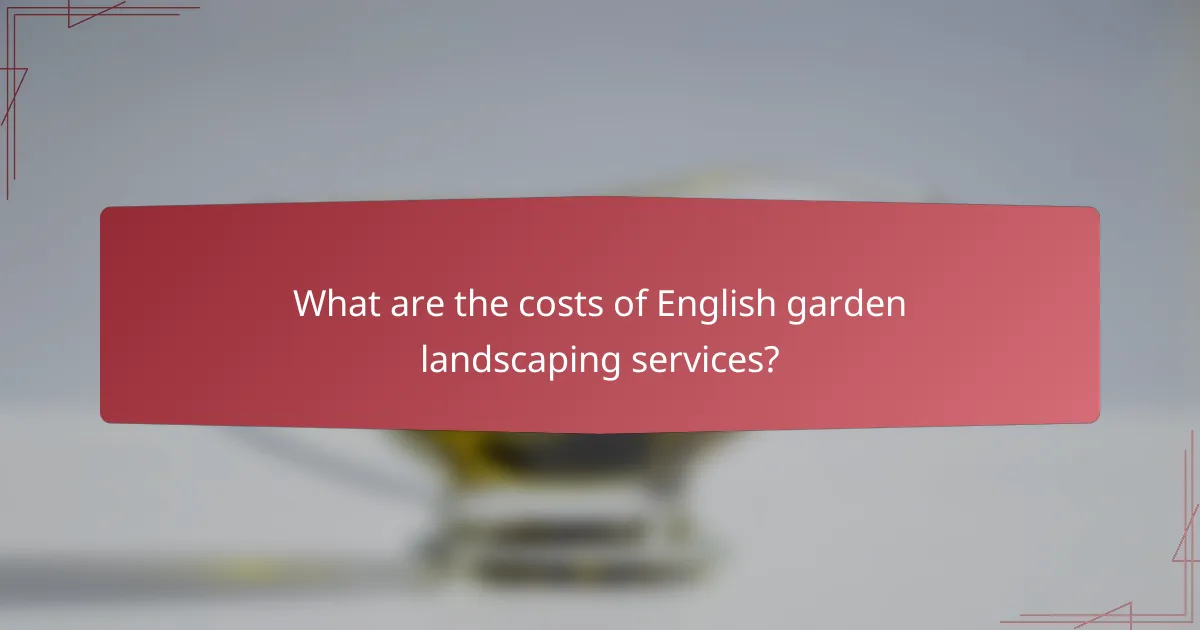
What are the costs of English garden landscaping services?
The costs of English garden landscaping services can vary widely based on factors such as location, design complexity, and materials used. Generally, homeowners can expect to spend anywhere from a few hundred to several thousand pounds for a complete landscaping project.
Average pricing in London
In London, the average cost for English garden landscaping typically ranges from £1,500 to £5,000 for a standard project. High-end designs or larger gardens can push costs upwards of £10,000. Prices may include elements like planting, hardscaping, and installation of features such as paths and seating areas.
Factors affecting costs
Several factors influence the overall costs of English garden landscaping services. The size of the garden, the complexity of the design, and the choice of plants and materials all play significant roles. For instance, intricate designs with diverse blooms and winding paths will generally require more labor and higher-quality materials, increasing the total expense.
Additionally, seasonal demand can affect pricing. Spring and early summer are peak times for landscaping services, potentially leading to higher rates. It’s advisable to obtain multiple quotes and consider off-peak scheduling to save on costs.

